Ground cover plants aren’t just useful for filling in gaps or reducing lawn maintenance—they can also add lush beauty, color, and texture to your landscape. When chosen wisely, blooming ground covers can transform dull areas into vibrant displays throughout the growing season. Whether you want to suppress weeds, add interest to slopes, or create a carpet of flowers under trees, these tips will help you effectively incorporate flowering ground cover plants into your garden design.
1. Choose the Right Plant for Your Sunlight Conditions
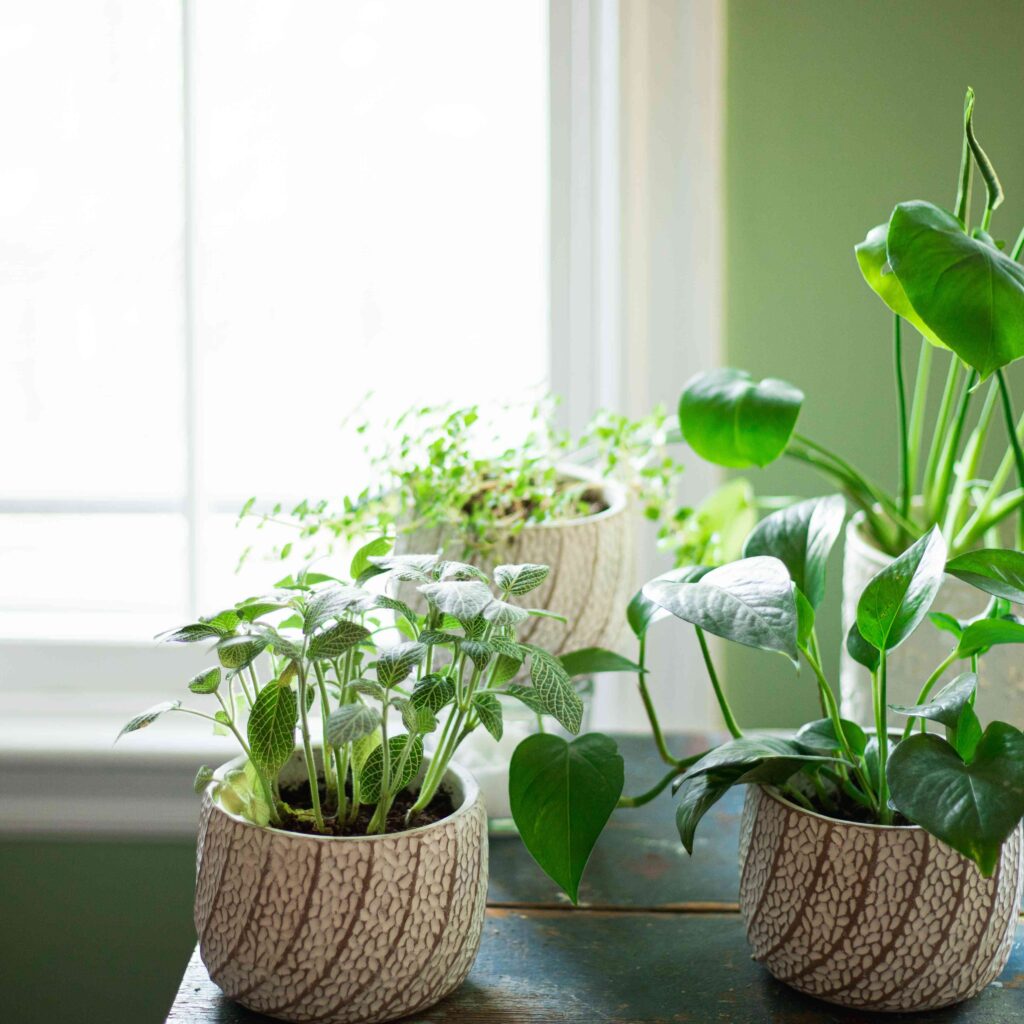
One of the most important steps in establishing a blooming ground cover is matching the plant to your garden’s sunlight exposure. For full-sun areas, options like creeping phlox, ice plant, or lantana thrive and provide long-lasting blooms. In shady or partially shaded spots, consider bugleweed (Ajuga), periwinkle (Vinca minor), or deadnettle (Lamium). Choosing the right plant ensures healthy growth, continuous flowering, and low maintenance throughout the season. Always check plant tags or consult local nurseries to confirm ideal light conditions.
2. Layer Blooming Ground Covers Around Taller Plants
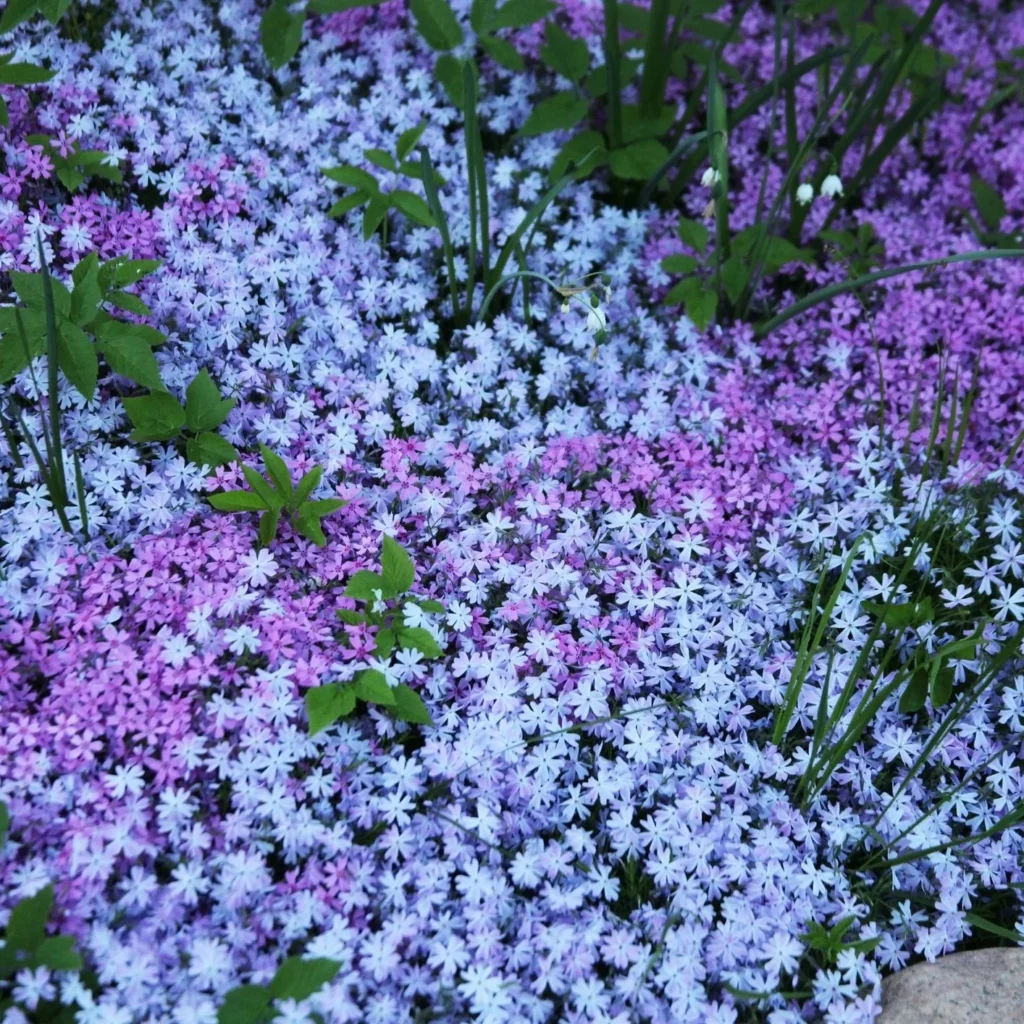
For a professional, landscape-inspired look, layer blooming ground covers around shrubs, trees, or taller perennials. This approach creates visual depth and softness while filling in otherwise empty or weedy spaces. Plants like candytuft, alyssum, or creeping thyme do well around roses, hydrangeas, or ornamental grasses. Not only does this technique help retain moisture and reduce erosion, but it also minimizes bare soil and integrates colors and textures beautifully across the garden bed.
3. Use Blooming Ground Covers on Slopes or Erosion-Prone Areas
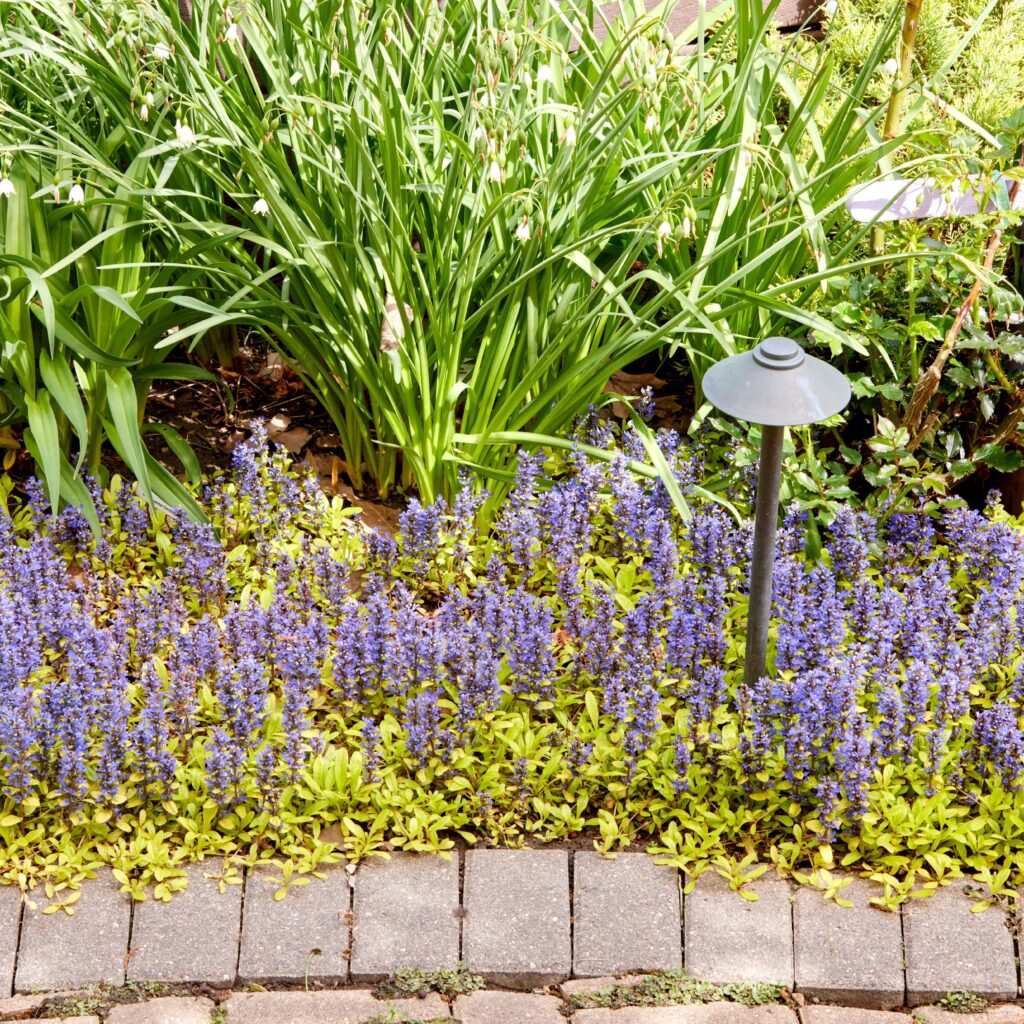
Slopes and hillsides can be difficult to mow and maintain—but they’re perfect candidates for flowering ground covers. Plants like creeping juniper, rock cress, or potentilla spread quickly and hold soil in place with their strong root systems. Ground covers on slopes prevent erosion, reduce runoff, and offer a stunning cascade of blooms that soften harsh inclines. Once established, these plants require little care, making them an ideal solution for functional beauty.
4. Mix Colors and Bloom Times for Year-Round Interest
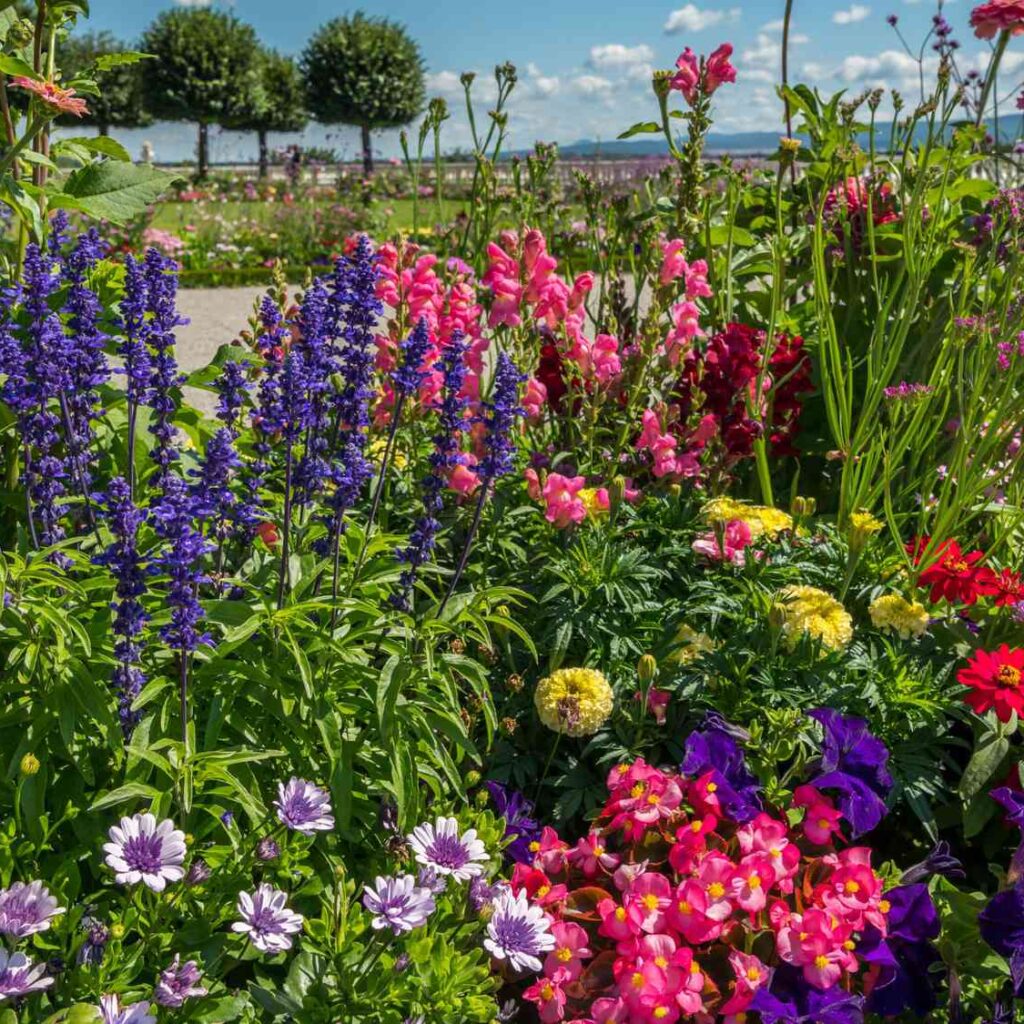
Don’t limit your ground cover to a single type or bloom period. Combine multiple blooming varieties with different flower colors and seasonal bloom times for a dynamic display all year long. For example, pair early-spring bloomers like moss phlox with summer favorites like creeping thyme and fall bloomers like hardy plumbago. Mixing plants ensures you always have color in your garden and helps attract a wide range of pollinators throughout the growing season.
5. Choose Low-Maintenance, Spreading Varieties
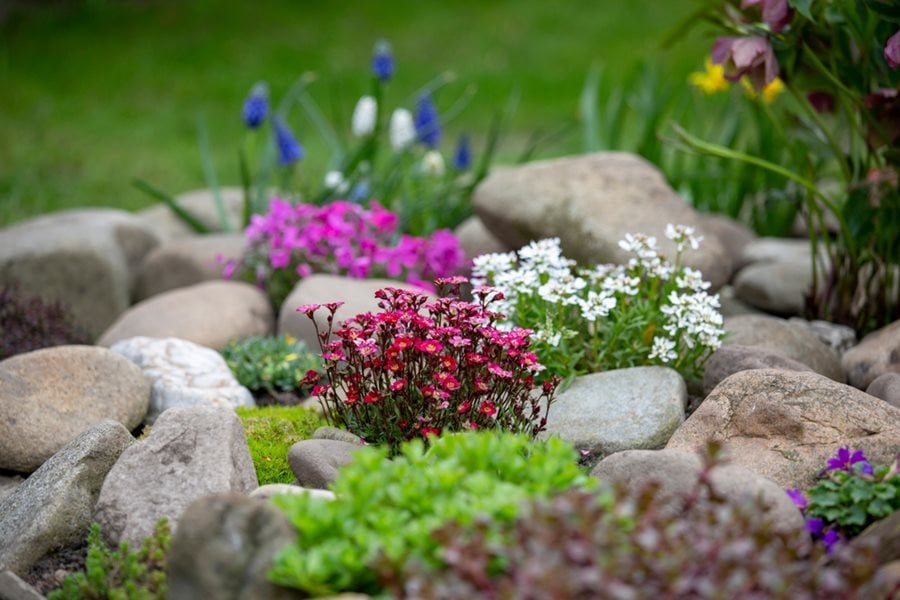
Not all blooming ground covers are created equal—some require regular pruning or replanting. For easy care, choose spreading varieties known for their hardiness and adaptability. Examples include sweet woodruff, ajuga, and snow-in-summer. These plants form dense mats, naturally suppress weeds, and often thrive in poor soils. Once established, they need minimal upkeep, making them perfect for gardeners who want beauty without the burden of heavy maintenance.
6. Use Ground Covers Between Pavers and Pathways
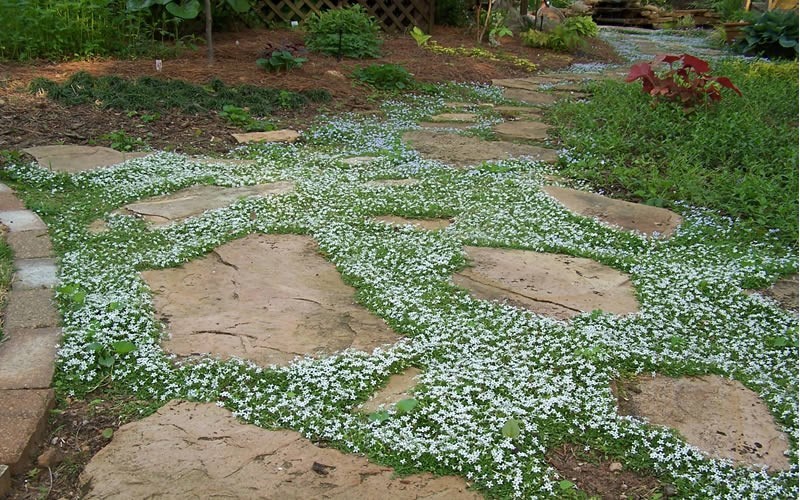
Planting blooming ground cover between stepping stones, bricks, or pavers adds charm and softens hardscape lines. Creeping thyme, mazus, and Irish moss are all ideal for this purpose. These low-growing, foot-traffic-tolerant plants bloom beautifully and can handle light walking. The result is a welcoming, garden-like feel to walkways, patios, or even driveway edges. It also helps cool down heat-retaining surfaces and prevent weed growth in cracks.
7. Incorporate Ground Covers into Container Gardens or Raised Beds
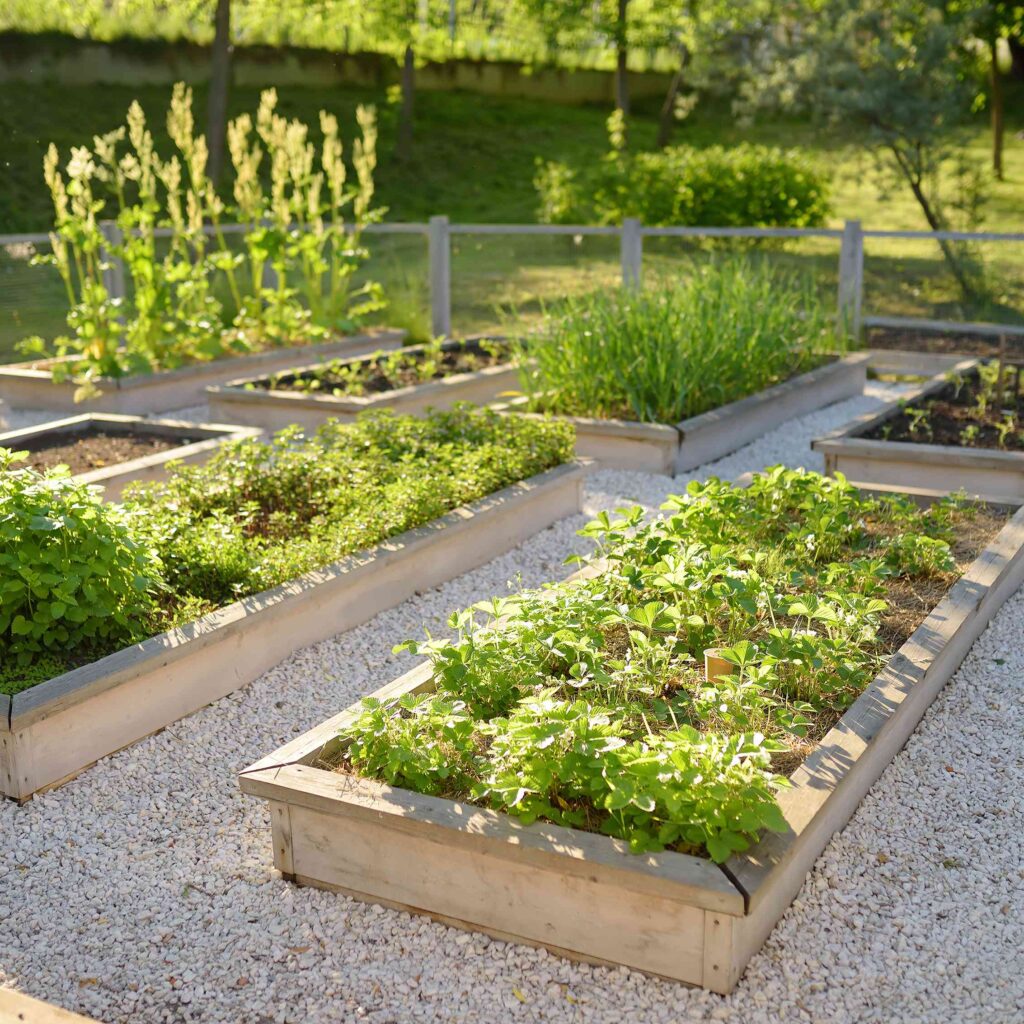
Ground covers aren’t limited to in-ground beds—you can use them as spillers in containers, window boxes, and raised beds. Trailing plants like calibrachoa, alyssum, or nasturtiums offer cascading blooms that spill over the edges of pots and beds, adding fullness and softness to structured arrangements. These flowering ground covers not only boost visual interest but also help insulate the soil, retain moisture, and reduce weed growth in raised garden spaces.
Conclusion
Adding blooming ground covers to your garden is a smart and stylish way to enhance its beauty while making it easier to manage. By selecting the right varieties for your climate, light, and space—and following these thoughtful tips—you can create a vibrant, low-maintenance landscape that stays colorful and lush from season to season. Whether used on slopes, between pavers, or under shrubs, these flowering spreads offer the perfect balance of function and flair.





